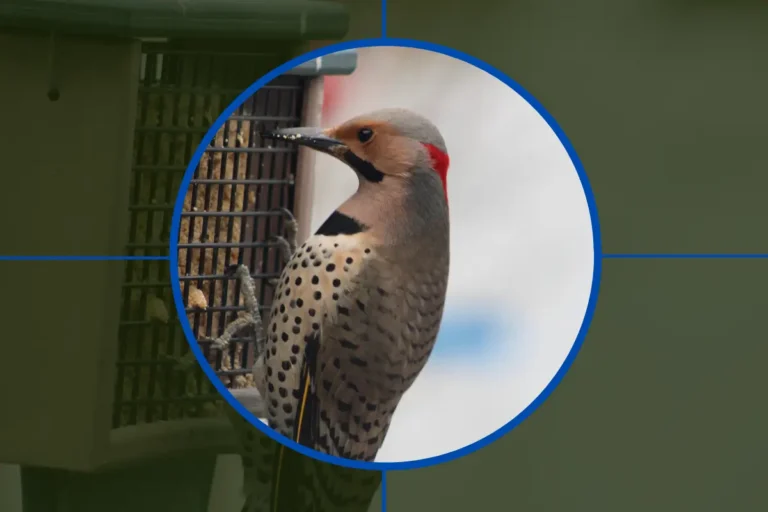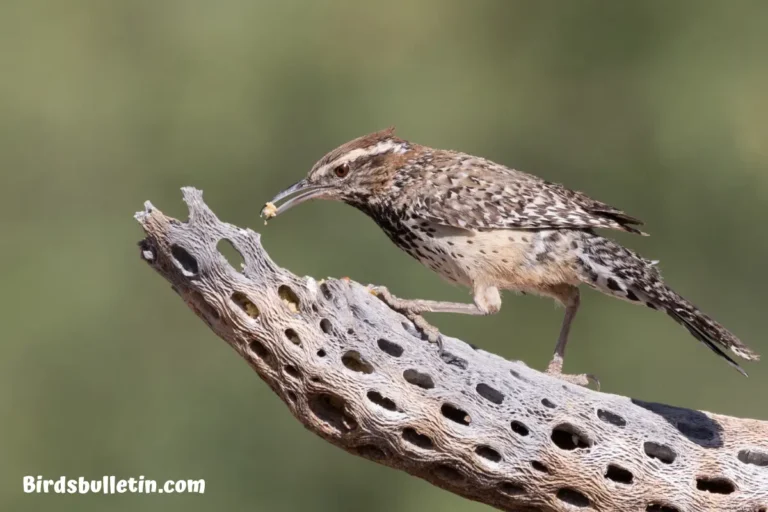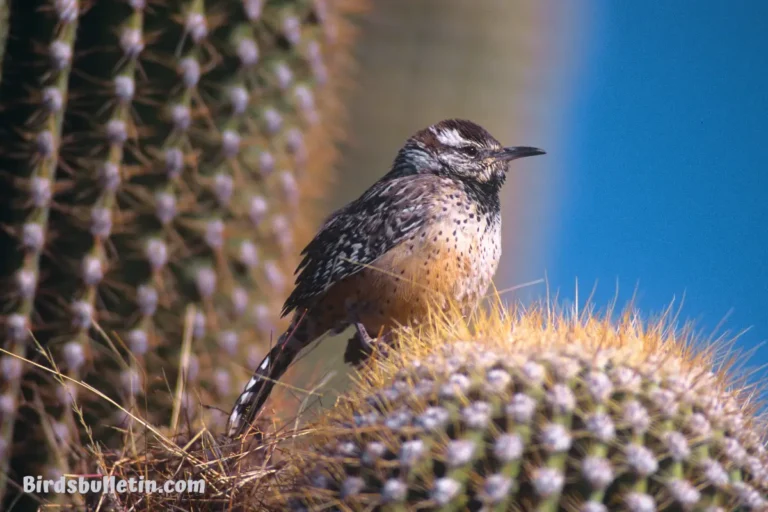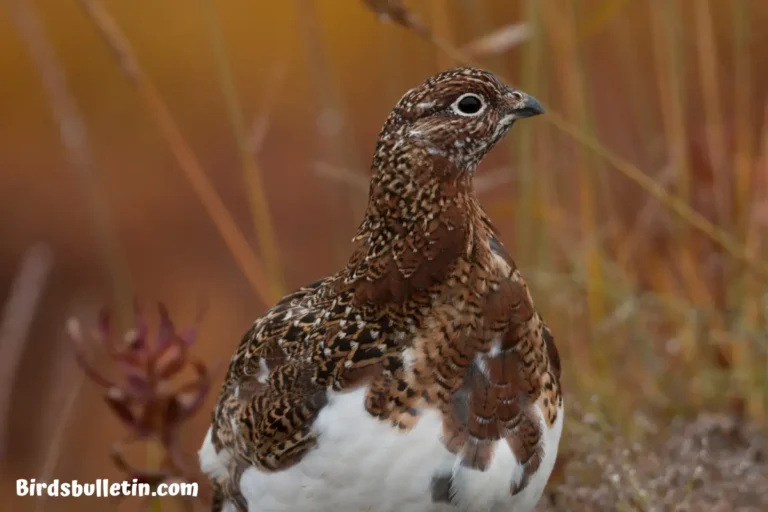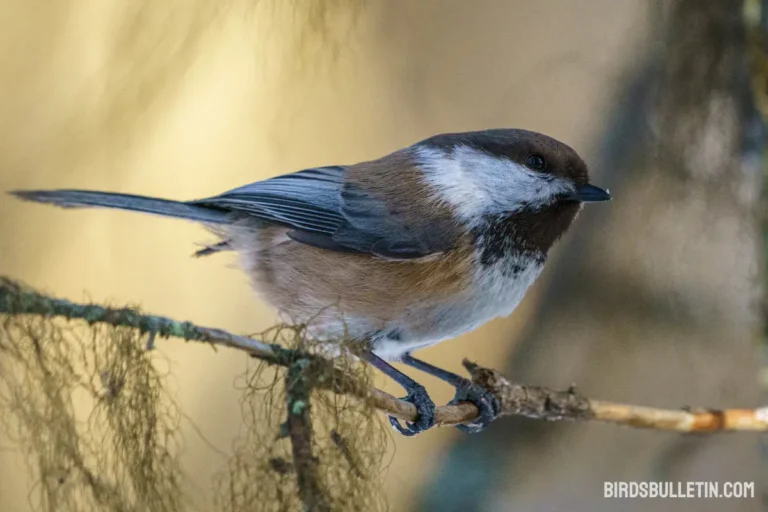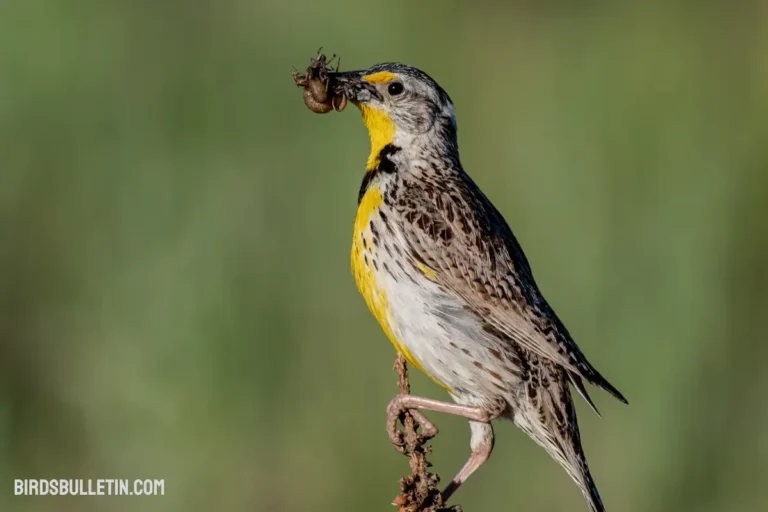Lagopus Lagopus Maior Overview
The greater willow ptarmigan is a subspecies of willow ptarmigan found in the cold, mountainous regions of north Kazakhstan and southwest Siberia. With its cryptic plumage and adaptations for snowy environments, this grouse is well-suited to the rugged alpine habitat.
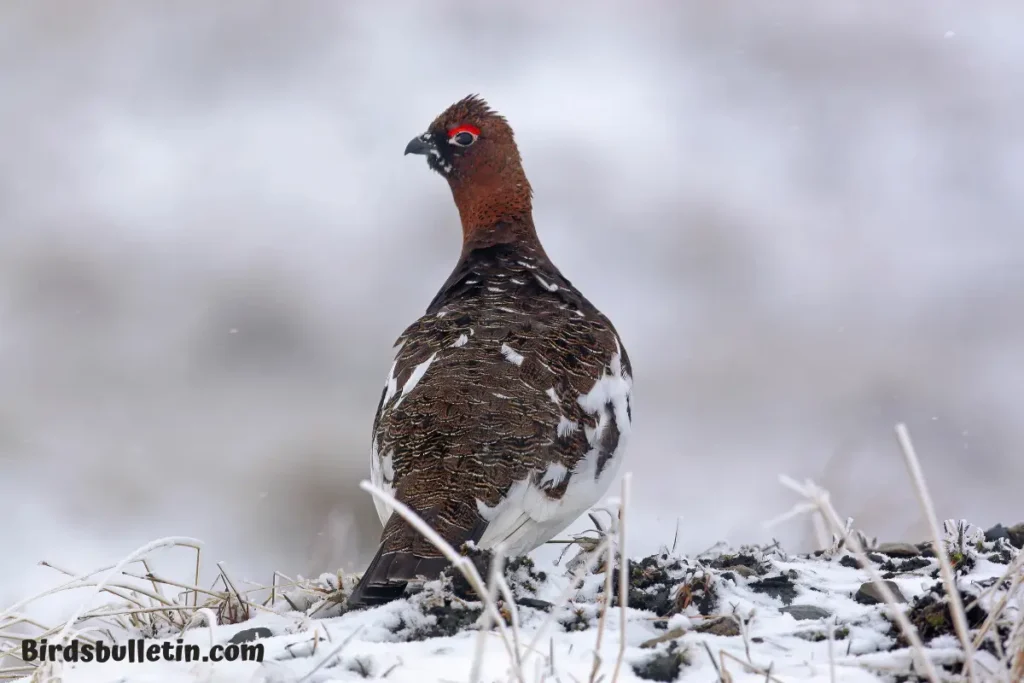
Looking for more overview about bird subspecies:
Scientific Classification
- Kingdom: Animalia
- Phylum: Chordata
- Class: Aves
- Order: Galliformes
- Family: Phasianidae
- Genus: Lagopus
- Species: L. lagopus
- Subspecies: L. l. maior
Lagopus maior is one of 16 subspecies of the circumpolar willow ptarmigan. It can be distinguished from other subspecies by size and subtle plumage differences.
Identification
Unlike other subspecies, the greater willow ptarmigan retains its reddish-brown plumage year-round, without molting or changing colors during the winter. Similarly, the subspecies in western Norway and the one in Great Britain also maintain their brown plumage throughout the year.
Location
The greater willow ptarmigan occupies alpine regions of northern Kazakhstan including the Altay and Tarbagatay Mountains. It is also found in the Altay Mountains of southwest Siberia. It prefers rocky mountainous areas and open shrub habitats.
Interesting Facts
- Ptarmigan have feathered feet that act as snowshoes, allowing them to walk on top of snow.
- Males perform aerial displays during breeding season as part of courtship.
- They feed primarily on willow buds and twigs in winter.
- Ptarmigan nest on the ground, with females laying up to 18 eggs.
- The greater willow ptarmigan is the largest subspecies of willow ptarmigan.
- They go through two molts per year as the seasons change.
Status And Conservation
It has a relatively restricted range and is declining in parts of its range due to hunting and habitat degradation from grazing pressure. However, its overall population remains substantial and it is not considered globally threatened.
Protecting alpine habitats and regulating hunting will be important conservation measures. The IUCN Red List categorizes it as a species of Least Concern.
Frequently Asked Questions
01. How does the greater willow ptarmigan survive harsh winters?
With its insulating winter plumage and feathered feet that act as snowshoes, the greater willow ptarmigan is adapted to survive frigid winters and walk on snow. It also burrows into the snow for shelter and insulation when resting.
02. What threats face the greater willow ptarmigan?
Major threats are hunting and degradation of their preferred alpine habitat from overgrazing by livestock. Climate change may also affect their high-altitude ecosystem in the future.
03. How does the greater willow ptarmigan differ from other subspecies?
The greater willow ptarmigan is distinguished by its relatively large size and more extensive black coloring on the belly and undertail in summer plumage compared to other subspecies. It also occupies a more southerly range.
Summary
This is a unique subspecies of ptarmigan occupying the mountainous regions of north Kazakhstan and Siberia. With cryptic plumage and adaptations like feathered feet, this ground-nesting grouse is well suited to rocky alpine areas.


